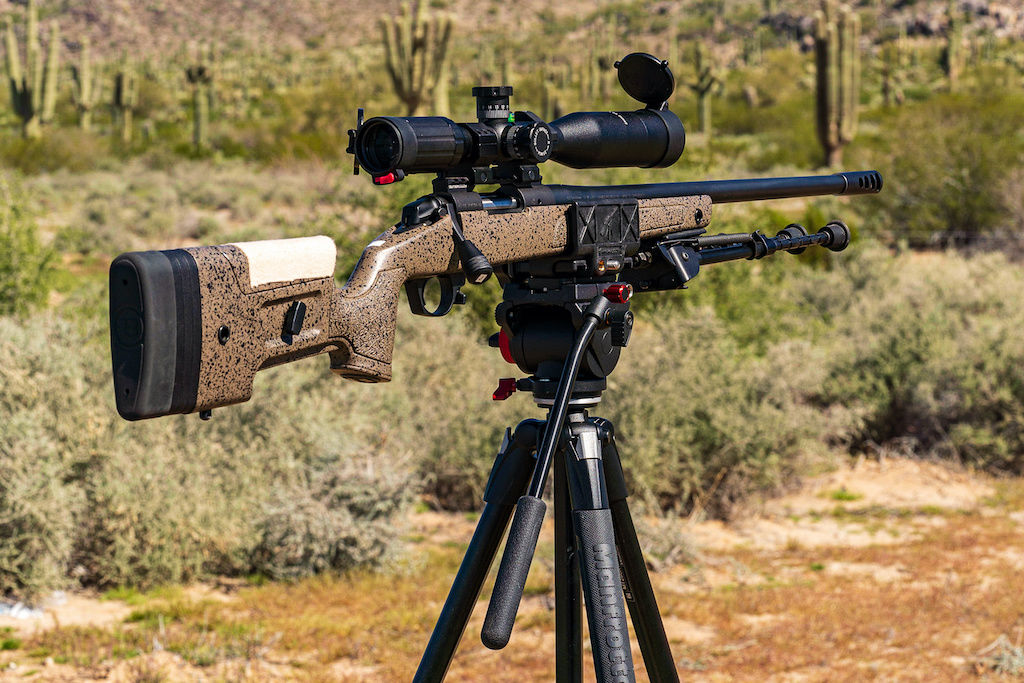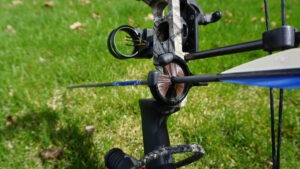Trout fishing in Vermont is a beloved pastime for locals and visitors alike. With its abundance of rivers, lakes, and streams, the state offers plenty of opportunities to reel in the perfect catch. Whether you’re a seasoned angler or a beginner, Vermont has something to offer for everyone. In this article, we will explore the best trout fishing spots in Vermont, discuss the different trout species found in the state, and provide essential gear recommendations. Additionally, we will highlight some of the top trout fishing locations in Vermont as well as the fishing regulations and licenses you need to be aware of.
Understanding Vermont’s Trout Species
Before embarking on your trout fishing adventure in Vermont, it’s important to familiarize yourself with the different trout species that inhabit the state’s waters. Vermont is home to three main trout species: rainbow trout, brown trout, and brook trout.
Rainbow Trout in Vermont
Rainbow trout, known for their vibrant colors and acrobatic leaps, can be found in various rivers and lakes across Vermont. These trout prefer cool, clear water and are often found in faster-moving streams with rocky bottoms.
When targeting rainbow trout in Vermont, it’s important to consider their feeding habits. These trout are opportunistic feeders, meaning they will eat a wide variety of insects, small fish, and even crustaceans. They are known to be active throughout the day, but tend to be more active during low light conditions such as early morning or late evening.
One popular spot for rainbow trout fishing in Vermont is the Battenkill River. This river is known for its abundant rainbow trout population and its picturesque scenery. Anglers can enjoy casting their lines in the crystal-clear water, surrounded by lush greenery and the soothing sounds of nature.
Brown Trout in Vermont
Brown trout are known for their elusive nature and ability to adapt to different habitats. They can be found in both rivers and lakes throughout Vermont, and they tend to inhabit deeper pools and areas with cover, such as fallen trees or rocks.
When targeting brown trout in Vermont, it’s important to understand their behavior. These trout are known to be more cautious and selective when it comes to feeding. They often rely on insects and small fish for their diet, and are more likely to be found in areas with ample food sources.
One popular destination for brown trout fishing in Vermont is Lake Champlain. This expansive lake offers a diverse range of habitats, including rocky shorelines, submerged vegetation, and deep channels. Anglers can explore different areas of the lake to find the ideal spot for targeting brown trout.
Brook Trout in Vermont
Brook trout, also known as speckled trout, are native to Vermont and are highly prized by anglers. They prefer cold, clean water and are often found in smaller streams and mountainous rivers. These trout have beautiful colors, with a mix of red, orange, and yellow spots.
When targeting brook trout in Vermont, it’s important to consider their habitat preferences. These trout thrive in pristine environments, such as remote mountain streams and high-elevation lakes. They are known to be more sensitive to changes in water quality and temperature, making them an indicator species for the overall health of a waterway.
One popular location for brook trout fishing in Vermont is the Green Mountain National Forest. This vast forested area offers numerous opportunities to explore remote streams and pristine lakes, providing anglers with a chance to connect with nature while pursuing these beautiful trout.
Essential Gear for Trout Fishing in Vermont
Having the right gear is crucial for a successful trout fishing trip in Vermont. Here are some essential items to consider:
Choosing the Right Fishing Rod
When it comes to trout fishing, a lightweight, flexible fishing rod is recommended. Look for a rod with a sensitive tip that can detect the subtle bites of trout. A 6 to 7-foot rod with a medium action is ideal for most trout fishing situations.
Trout fishing in Vermont is a popular activity that attracts anglers from all over. With its pristine rivers and streams, the state offers a perfect habitat for trout. Whether you are a seasoned angler or a beginner, having the right fishing gear is essential to make the most of your fishing experience.
When choosing a fishing rod for trout fishing in Vermont, it’s important to consider the type of water you will be fishing in. If you plan to fish in smaller streams, a shorter rod may be more suitable. On the other hand, if you are targeting larger rivers or lakes, a longer rod will give you more casting distance and control.
Selecting the Best Bait and Lures
Trout can be quite selective when it comes to food, so it’s important to have a variety of bait and lures in your tackle box. Live bait such as worms and minnows are popular choices, as well as artificial lures like spinners, spoons, and soft plastics in natural colors.
When it comes to bait selection, it’s always a good idea to do some research on the specific trout species you will be targeting. Different trout species have different feeding habits and preferences. For example, brook trout are known to be more aggressive and may respond well to flashy lures, while brown trout are often more cautious and may prefer natural-looking bait.
Experimenting with different bait and lure combinations is also a great way to increase your chances of success. Don’t be afraid to try out new techniques and see what works best for you. Remember, trout fishing is not just about catching fish, but also about the thrill of the chase and the joy of being out in nature.
Importance of Waders and Fishing Nets
Since trout are often found in rivers and streams, having a pair of waders can be essential. Waders allow you to wade into the water and reach areas that are otherwise inaccessible. Additionally, a fishing net is useful for safely landing and releasing trout without causing them harm.
When it comes to waders, there are several options to choose from. Chest waders provide the most coverage and are ideal for fishing in deeper waters. Hip waders, on the other hand, are more lightweight and are suitable for fishing in shallower streams. It’s important to choose waders that fit well and are comfortable to wear for long periods of time.
A fishing net is an essential tool for any trout angler. Not only does it help you land fish more easily, but it also allows you to handle them with care. When using a fishing net, it’s important to wet your hands before touching the fish to avoid removing their protective slime. This slime helps protect the fish from infections and diseases.
Remember, catch and release is an important practice in trout fishing, especially in Vermont where conservation efforts are in place to maintain healthy trout populations. By using a fishing net and handling the fish properly, you can ensure their safe release back into the water, allowing them to continue their journey and provide enjoyment for future anglers.
Top Trout Fishing Locations in Vermont
Now that you’re equipped with the knowledge and gear needed, let’s explore some of the top trout fishing locations in Vermont:
Fishing in the Battenkill River
The Battenkill River, located in southwestern Vermont, is renowned for its excellent trout fishing. With ample stretches of both public and private access, anglers can enjoy fishing for both brown and rainbow trout in this scenic river.
As you cast your line into the Battenkill River, you’ll be surrounded by the beauty of the Vermont countryside. The river winds its way through lush green fields and picturesque forests, creating a tranquil and serene fishing experience. The sound of the water rushing over the rocks and the gentle breeze rustling through the trees adds to the peaceful ambiance.
One of the unique features of the Battenkill River is its diverse insect life. This abundance of aquatic insects provides a bountiful food source for the trout, making them more active and eager to bite. You’ll have the opportunity to use a variety of fly patterns to entice the fish, testing your angling skills and knowledge of insect hatches.
Exploring the Lamoille River
The Lamoille River, located in northern Vermont, is another fantastic trout fishing destination. Known for its cold, clear water and abundant insect life, the Lamoille River is home to impressive populations of brook, brown, and rainbow trout.
As you make your way to the Lamoille River, you’ll be greeted by the breathtaking scenery of the Green Mountains. The river meanders through lush valleys and cascades over rocky ledges, creating a stunning backdrop for your fishing adventure. The crystal-clear water allows you to see the fish as they swim, adding an element of excitement and anticipation to your angling experience.
The Lamoille River is known for its strong and healthy trout populations. The cold water temperatures and nutrient-rich environment provide the ideal conditions for trout to thrive. Whether you’re targeting brook, brown, or rainbow trout, you’ll have plenty of opportunities to hook into a trophy-sized fish.
Trout Fishing in the White River
The White River, located in central Vermont, offers excellent fishing opportunities for anglers of all skill levels. This river is known for its diverse trout population, including brook, brown, and rainbow trout. With easy access points and beautiful scenery, the White River is a must-visit spot for any trout fishing enthusiast.
As you arrive at the White River, you’ll be greeted by the soothing sounds of the flowing water and the sight of the sun glistening on its surface. The river winds its way through picturesque valleys and dense forests, providing a serene and peaceful setting for your fishing expedition.
The White River is home to a diverse range of trout species, making it a paradise for anglers. Whether you prefer the vibrant colors of brook trout, the elusive nature of brown trout, or the acrobatic jumps of rainbow trout, you’ll find them all in the White River. The river’s varied habitat, from deep pools to riffles and runs, offers a multitude of fishing opportunities and techniques to try.
As you explore the different sections of the White River, you’ll also have the chance to encounter other wildlife that call this area home. Keep an eye out for bald eagles soaring overhead, beavers building their dams along the riverbanks, and deer grazing in the nearby meadows. The White River truly offers a complete outdoor experience for nature enthusiasts.
Vermont Fishing Regulations and Licenses
Before you hit the water, it’s crucial to familiarize yourself with Vermont’s fishing regulations and licenses. Here are some key points to keep in mind:
Understanding Fishing Seasons
Vermont has specific fishing seasons for different trout species, and it’s important to adhere to these regulations to protect the fish populations. Be sure to check the Vermont Fish & Wildlife Department’s website for the latest information on opening and closing dates for trout fishing.
Catch and Release Guidelines
Conservation is vital in maintaining healthy trout populations in Vermont. Anglers should follow catch and release guidelines, especially for wild trout, to ensure the sustainability of the fisheries. Remember to handle the fish gently, use barbless hooks, and release them back into the water as quickly as possible.
Obtaining a Vermont Fishing License
Before you cast your line, make sure you have a valid Vermont fishing license. Licenses are required for both residents and non-residents aged 15 and older. You can purchase a license online or at authorized license agents throughout the state.
Now that you have the inside scoop on the best trout fishing spots in Vermont, the various trout species you can target, the essential gear you’ll need, and the fishing regulations to follow, it’s time to plan your next fishing adventure. Get ready to experience the thrill of reeling in a beautiful trout against the backdrop of Vermont’s stunning natural landscapes. Happy fishing!


